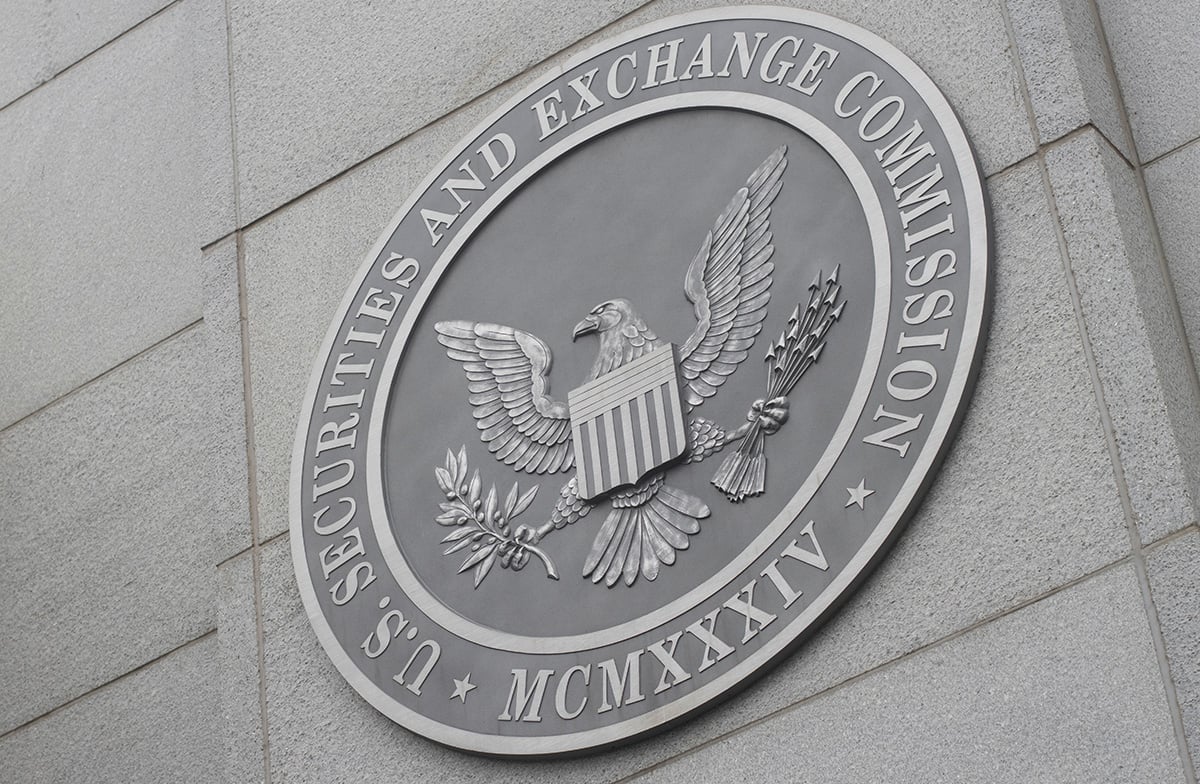US IRS & Treasury Update Guidelines for Crypto ETPs: What You Need to Know

In a notable move to clarify regulatory pathways for digital assets, the US Internal Revenue Service (IRS) has issued new guidance that allows trusts participating in staking digital assets to operate within a clear legal framework. This update is seen as a step forward for institutional interest in cryptocurrency markets, particularly in the growing areas of crypto ETFs and DeFi staking, which could significantly influence the future development of crypto regulation and the mainstream acceptance of blockchain-based investments.
- The IRS now provides a safe harbor for trusts to stake digital assets, provided they meet specific trading and custodial standards.
- This guidance aims to facilitate the participation of crypto trusts and ETFs in staking, sharing staking rewards with retail investors.
- The recent IRS move comes after the SEC’s approval of generic ETF listing standards, potentially paving the way for more crypto investment vehicles.
- Regulatory clarity could boost adoption of staking in regulated crypto markets, encouraging greater institutional involvement.
- The timing aligns with ongoing political developments regarding the US government’s shutdown, which may impact broader regulatory efforts.
IRS Releases New Guidance for Cryptocurrency Staking Trusts
The US Internal Revenue Service (IRS), under the Department of the Treasury, has updated its official guidance to include a safe harbor mechanism for trusts involved in staking digital assets. This development signals increased regulatory clarity that could accelerate the acceptance and implementation of staking strategies within traditional financial frameworks.
Treasury Secretary Scott Bessent announced via a Monday post on X (formerly Twitter) that the IRS has introduced guidance allowing crypto ETPs (Exchange-Traded Products) to stake digital assets securely and share rewards with retail investors. This clarification is expected to encourage more institutional participation in staking activities, boosting the overall growth of the crypto markets in the United States.
According to the guidance available on the IRS website, crypto trusts may now stake their holdings if they are traded on national securities exchanges, hold only cash and a single type of digital asset, are managed by a custodian, and address specific investor risks. This regulatory framework provides much-needed clarity for fund sponsors, custodians, and asset managers looking to incorporate staking yields into compliant investment products.
Source: Scott BessentBill Hughes, senior counsel at Consensys, commented that this move could be transformative for crypto staking adoption. “The impact on staking adoption should be significant,” he said. Hughes emphasized that this safe harbor offers long-overdue clarity, allowing institutional vehicles like crypto ETFs and trusts to participate in staking without legal ambiguity. “It removes major barriers that previously hindered fund sponsors and custodians from integrating staking yields into regulated products,” he added.
This guidance comes closely on the heels of the SEC’s September approval of generic ETF listing standards, expected to lower barriers for new crypto ETFs to enter the market. The IRS’s clarification aligns with broader regulatory efforts supported by recent SEC rules, signaling an evolving landscape that favors integration of crypto assets into traditional investment frameworks.
Regulatory Developments and the Broader Crypto Market
As the US government continues to navigate the complexities of crypto regulation, the new IRS guidance offers a clearer path for crypto investments and staking. Meanwhile, political struggles over the government shutdown—ongoing since October 1—add uncertainty to the regulatory environment. Reports suggest some Democratic lawmakers are now willing to support a resolution to end the shutdown, which could reopen federal agencies like the SEC and IRS for full operation.
This confluence of regulatory clarity and political developments may set the stage for increased institutional participation in crypto markets, especially in expanding the scope of regulated staking and digital asset investment products. As the industry evolves, such guidance is crucial in shaping the future of blockchain, DeFi, and NFTs in mainstream finance.
This article was originally published as US IRS & Treasury Update Guidelines for Crypto ETPs: What You Need to Know on Crypto Breaking News – your trusted source for crypto news, Bitcoin news, and blockchain updates.
También te puede interesar

Biotech firm Propanc secures $100m for digital asset acquisition

Interpreting ERC-8021 Proposal: Does it allow Ethereum to replicate the wealth-creation myth of Hyperliquid's developers?
